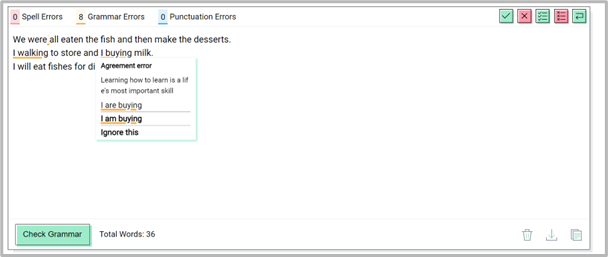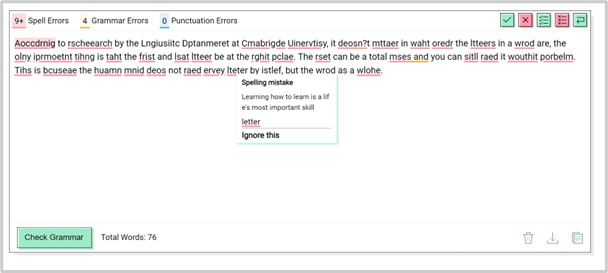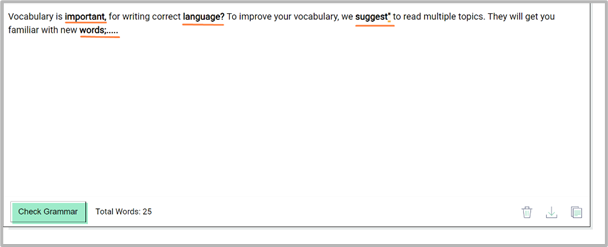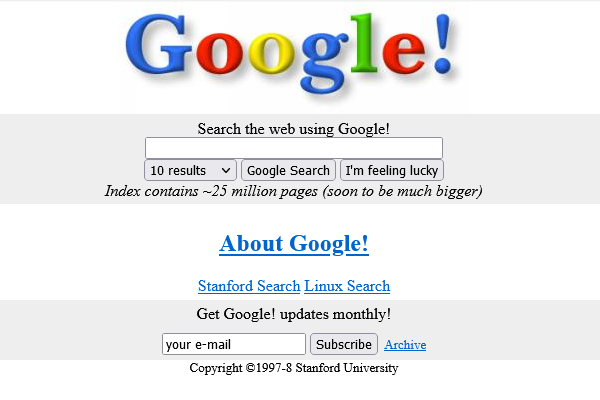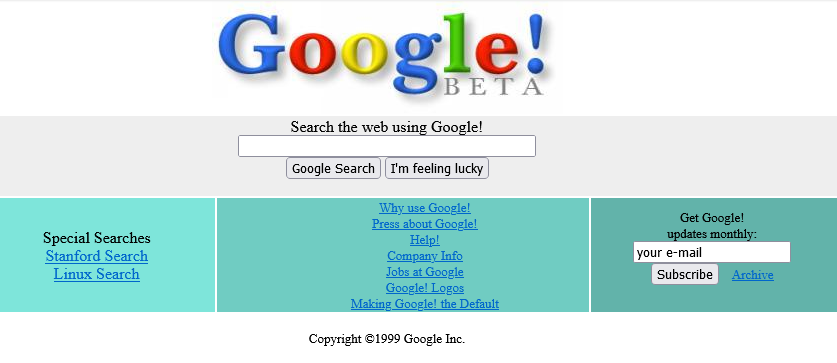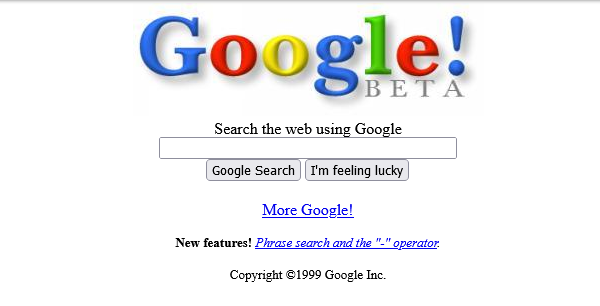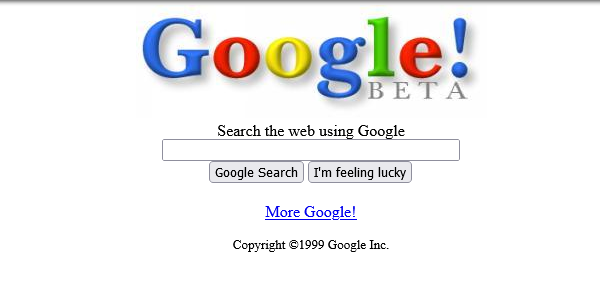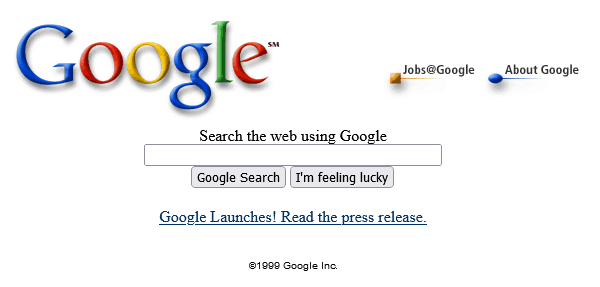Getting a Degree Without Going Into Debt
For many, the allure of a college degree is the potential for higher earnings and a brighter future. However, the daunting specter of accumulating thousands of dollars in student debt often casts a shadow over these aspirations. With soaring tuition costs, many find themselves questioning if the financial burden is worth the eventual payout.
The people at Achieve Debt Solutions have identified a number of viable pathways to achieve that much-coveted degree without sinking into debt.
Here’s your guide on how to make this possible.
Debt Relief Programs: A Breather for Students
Debt relief programs are designed to help reduce or eliminate student debt for qualifying individuals. They typically offer loan forgiveness, repayment assistance, or interest reduction to help students manage and eventually eliminate their debt. Examples include the Public Service Loan Forgiveness (PSLF) for those working in qualifying public service jobs and Teacher Loan Forgiveness for educators serving low-income schools.
By enrolling in these programs early, students can strategically navigate their financial journey and drastically reduce the burden of student loans.
Choosing Community College First
Starting at a Community College
Often more affordable than four-year institutions, community colleges offer students the opportunity to complete their general education requirements at a fraction of the cost. After earning an associate’s degree or completing these initial courses, students can then transfer to a four-year institution to complete their bachelor’s degree, having saved a significant amount in tuition.
Applying for Scholarships and Grants
Your Key to Free Money
Scholarships and grants are essentially “free money” for college. Unlike loans, they don’t need to be repaid. There are countless scholarships available based on merit, interests, demographics, and more. By starting the search early and applying to as many as possible, students can potentially cover a significant portion, if not all, of their tuition costs.
Part-Time Schooling and Working
Balancing Work and Study
Enrolling part-time and working alongside can be a strategic move. Not only does it provide an immediate income source, but it also allows students to gain work experience, which can be invaluable post-graduation. Moreover, many employers offer tuition reimbursement programs, providing a dual benefit for those juggling work and study.
Consider Online and In-State Institutions
The Modern and Affordable Route
With the rise of digital technology, online degrees have become more accepted and prevalent. These often come with lower tuition fees and the added benefit of flexibility. Additionally, attending an in-state public university can also lead to significant savings compared to out-of-state or private institutions.
Living Frugally and Budgeting
Every Penny Counts
While this might seem obvious, living within one’s means and having a clear budget can save students from unnecessary debts. This includes opting for cheaper housing, sharing living costs with roommates, using public transportation, and avoiding impulsive spending.
Avoiding Private Loans
Steer Clear of Higher Interests
Federal student loans often come with lower interest rates and more flexible repayment plans than private loans. Whenever possible, students should prioritize federal loans and only consider private options as a last resort.
Conclusion: A Debt-Free Degree is Within Reach
The pathway to a college degree doesn’t have to be paved with insurmountable debt. By leveraging debt relief programs, making strategic educational choices, and maintaining a frugal lifestyle, a debt-free degree is an achievable dream. Remember, the ultimate goal is not just the degree, but the freedom and peace of mind that comes without the weight of debt. With careful planning and determination, you can indeed emerge from your academic journey both educated and financially unburdened.
Resources for Parents:




